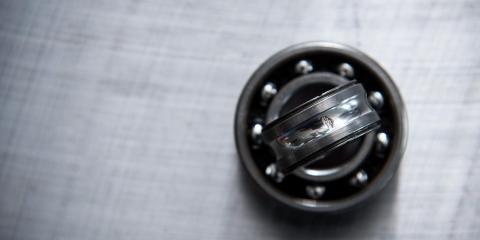Sensor selection in case of bearing faults

Sensor selection in case of bearing faults
Condition monitoring has been a common practice in industry for many years. But often this involves non-continuous monitoring. Not ideal, because this way, for example, rapidly growing faults in rolling bearings can be missed, with all its consequences.
One of the reasons why companies do not readily deploy continuous monitoring is the high investment cost of a system due to expensive vibration sensors. Using cheaper sensors is an option, but this comes with technical limitations such as more background noise.
CHEAPER MEMS SENSORS
However, Flanders Make has shown that even with cheaper MEMS sensors and adapted diagnostic algorithms, faults can be accurately detected AND timely action taken before the fault would cause unplanned downtime.
MEMS accelerometers have many of the required features. Namely, they are inexpensive, compact, have high sensitivity, good shock resistance and are stable over a wide temperature range.
However, as mentioned earlier, noise suppression in the higher frequencies is often not suitable (order of magnitude mg/√Hz). MEMS accelerometers with better noise characteristics are available, but they are often limited to a lower bandwidth (a few kHz). For successful application in industry, the sensor should be able to operate in a ±3 dB frequency band up to 10 kHz and a dynamic range of ±50g.
MEMS sensors are slowly coming on the market that meet these requirements and also have good noise reduction. However, if one plans to equip the entire machinery with new sensors, the cost may still increase significantly here too. Cheaper MEMS with inferior noise characteristics combined with the right algorithms can then still offer a better solution. In the next article, we will take a closer look at these algorithms.
